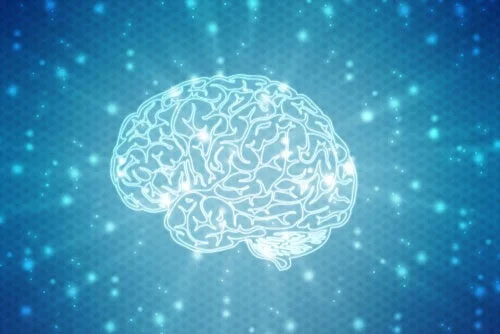What Are Neuromyths?
Do you think that humans don’t use all of their brain capacity? Or that left-handed people are more creative? These are popular ideas, but they don’t have any scientific evidence. Today, we’ll debunk some common neuromyths.

As neuroscience makes more discoveries about the human brain, interest in the field has grown exponentially. Unfortunately, one consequence of this increased interest is the misinterpretation or decontextualization of research about the brain, resulting in what is called “neuromyths”.
These myths about neuroscientific knowledge seem to be especially pervasive in the world of education. Consequently, parents, teachers, and students have ended up with certain erroneous beliefs about the brain and about the learning process.
This kind of information bias has led to educational methods that aren’t based on evidence. It also leads to mistaken judgments and perceptions that affect how educators (parents and teachers) approach the learning process.
Debunking neuromyths
All neuromyths have their origins in real scientific knowledge. However, for one reason or another, people distort the information or only look at one very specific aspect of the research. Next, we’ll debunk the three most common neuromyths.
1. Humans only use 10% of their brains
This is probably the most widespread neuromyth of all, repeated by educators, parapsychologists, and advertising companies, among other people. The myth suggests that humans only use 10% of their brain, but that you can increase that percentage with certain training or learning techniques. It implies that the other 90% of your brain is basically unused.
The grain of truth in this neuromyth is that the brain is a powerful organ and, because of the way it works, it never operates at 100%. That doesn’t mean that you can’t improve your abilities. The improvements, however, occur by strengthening connections, creating new networks, and improving brain health. It isn’t a question of “space”.
If your brain was 100% activated, it would require an enormous amount of energy. It would also trigger every kind of behavior all at the same time. The brain works by activating different zones that connect to each other in order to trigger certain behaviors or cognitive processes.
Scientists have also seen that when you sleep, your brain still shows some level of activity. So, you do use 100% of your brain, but not all at the same time.
2. You can learn better if you follow your “learning style”
Another widespread belief is that students learn better when the presentation of the information coincides with their learning style. People usually identify three different styles: auditory, kinesthetic, and visual. According to this belief, you should teach each student differently, catering to their learning style. Some schools have even gone so far as to label children with the first letter or their learning style.
Given the pervasiveness of this belief, you might be surprised that there’s no scientific evidence to support it. Nor have any studies shown that people learn better when they receive information through a specific channel. On the contrary, the research that has been done on the subject is notably deficient.
Nevertheless, it’s certainly true that each individual brain is the result of distinct experiences and biology. Thus, it makes sense that each individual has a preference when it comes to the learning process. But is that better?
What we do know for sure is that when your brain receives several stimuli that aren’t integrated in a sensorial way, it can cause confusion. In that case, your brain has to draw on more resources to absorb and process the information. When the information is rich and covers several sensory channels, on the other hand, the learning experience is stronger.
3. The hemispheres of the brain are independent and determine your personality
This popular myth argues that each brain hemisphere is responsible for certain processes and that they work independently. Another part of this myth is that one side of the brain is always dominant and that it determines certain personality traits.
According to this idea, the right hemisphere is responsible for more comprehensive thinking. It’s more artistic, sensorial, and carefree. The left brain, on the other hand, is analytic, responsible, accurate, structured, and logical.
Scientific research has shown that these ideas about the right and left brain are patently untrue. It turns out that both hemispheres receive and process all kinds of information. However, there are certain functions that tend to happen more in areas of the brain that are on one side of the brain or the other. Nevertheless, these areas process information in an interconnected way, unless there’s some kind of brain disorder at play.
In addition, although being right or left-handed implies the domination of one hemisphere, this has nothing to do with people’s personalities or the way they process information. Right or left-handed, each person’s skills and abilities are determined by experience and other hereditary factors.
yogaesoteric
April 16, 2020
